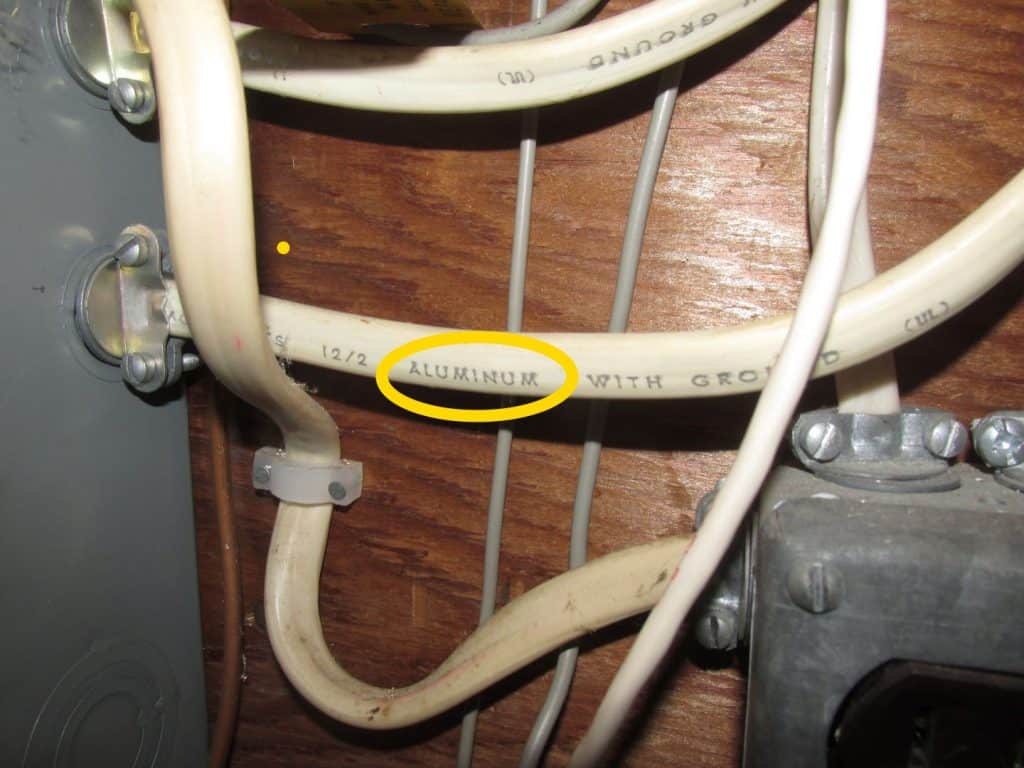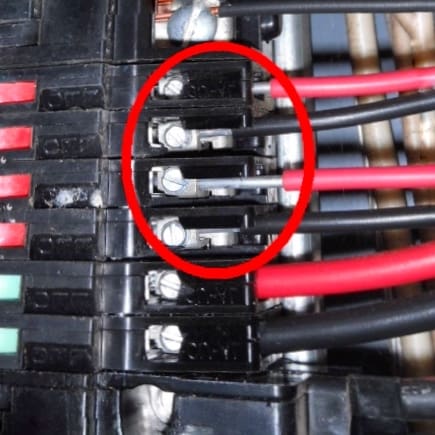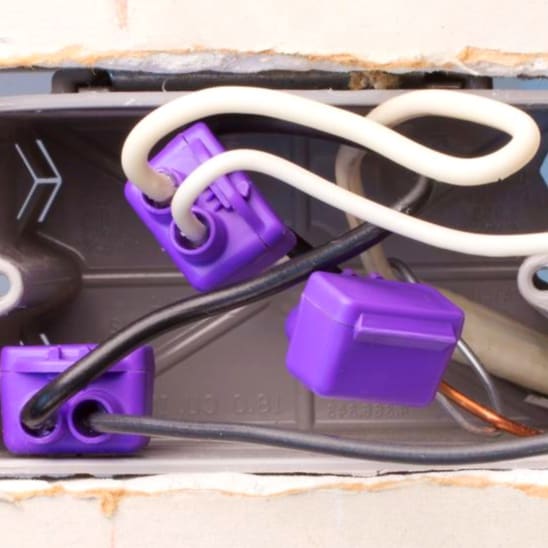
It’s estimated that 450,000 homes across Canada are wired with aluminum wiring.
If your home was built in the late 1960’s to the late 1970’s — or if you’re considering purchasing a home from this era — it’s very possible that the electrical system is aluminum wiring. In Milton, the neighbourhood most commonly associated with this type of wiring is Dorset Park, however you’ll find it in many of the mature neighbourhoods.
According to experts, homes with aluminum wiring are significantly more likely to experience dangerous conditions that could lead to fire compared to those wired with copper.
This raises two important questions:
Why was aluminum wiring used during this period… and what makes it a potential problem today?
Why Was Aluminum Wiring Used?
In the late 1960s and early 1970s, North America was facing a copper shortage, largely due to the Vietnam War. The increased demand for copper, combined with supply challenges, drove up prices.
Builders turned to aluminum as an alternative because it was more affordable, widely available, and easier to work with than copper. At the time, aluminum wiring appeared to be a practical solution to keep construction costs manageable.
The Challenges of Aluminum Wiring
Not all metals respond the same way to electrical currents, and aluminum behaves differently than copper in key ways. Aluminum expands and contracts more dramatically when exposed to heat, which can loosen its connections over time.
Additionally, aluminum is more brittle than copper, making it less flexible and more prone to breaking when bent or stretched.
Heat Expansion and Loose Connections
As aluminum expands with heat, it can slip out from under terminal screws in outlets, switches, and circuit breakers. These loose connections disrupt electrical flow, increasing resistance and generating excess heat.
Over time, this process worsens as connections become progressively looser, creating a cycle that heightens the risk of fire.

Oxidation and Corrosion
Aluminum wiring is also more susceptible to oxidation when exposed to air. This oxidation reduces conductivity, increasing the likelihood of issues with heat buildup, and increasing the likelihood of dangerous conditions.
There can also be corrosion issues when aluminum and another metal (usually copper) are in contact with each other in the same electrical circuit.
How Can You Tell If A Home Has Aluminum Wiring?
When inspecting homes of this era, aluminum wiring can often be identified by removing the electrical panel cover. The aluminum wires are typically visible at the breakers and neutral bars. If repairs have been made, such as pigtailing, you might also see special connectors or breakers in the panel.

Inspectors may check a sample of outlet covers to confirm whether repairs have been made. While a standard inspection may not verify every connection in the home, it provides a basis for asking sellers about any past repairs or hiring an electrician for a more thorough evaluation.
How Can Aluminum Wiring Be Made Safe?
Rewiring an entire home with copper is rarely practical due to the high costs and extensive work required to access wiring within walls. Depending on the size of the home, the worst-case scenario could be $15,000 to $25,000.
Fortunately, there are safer, more affordable repair options that address the risks of aluminum wiring.
“Pigtailing” has come to define a number of different methods of securing the wires at every connection point, such as outlets, switches, and circuit breakers.
Many of these are filled with antioxidant compound to prevent corrosion.

While the materials for pigtailing are inexpensive, the process can be labour-intensive, depending on the number of connections in the home. It’s advisable to get quotes from licensed electricians experienced with aluminum wiring repairs to ensure the work is done properly and cost-effectively.
This is often quoted somewhere between $2,500 to $5,000, depending on the number of outlets and switches… which is much more affordable than re-wiring a home.
If you’re purchasing a home with aluminum wiring, many insurance companies will ask for a certification from an electrician that the wiring in the home is safe before issuing a permanent policy.
Is Aluminum Wiring Still Used Today?
While most homes before and after the late 60’s to late 70’s have used copper as the primary wiring material in residential homes, stranded aluminum wiring has proven safe and is often used for larger power connections in modern electrical work. Examples include 220-volt breakers, main electrical lines, and AFCI/GFCI jumper cables.
As building standards evolve, aluminum continues to have a place in modern electrical systems, demonstrating that, with proper use, it can be a safe & effective material.
To summarize, the two most important things to remember are:
- Make sure the connections are 100% solid using pigtails.
- Use proper methods (paste, special marrettes) anytime aluminum is in contact with another type of metal.
Aluminum wiring doesn’t have to be a dealbreaker for homeowners or buyers, but understanding its risks and addressing them with professional repairs is key to maintaining a safe home for you and your family.